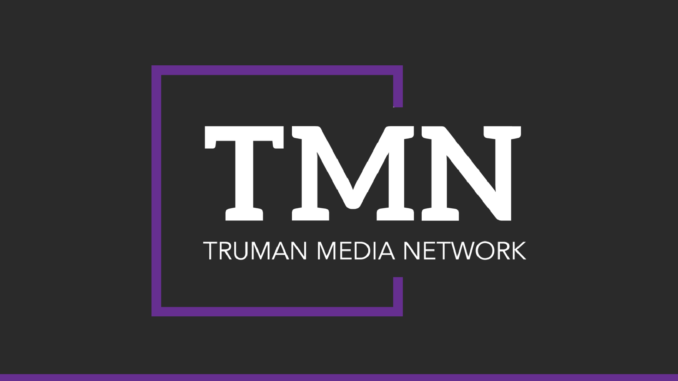
Truman State University hired the American Association of Collegiate Registrars and Admissions Officers to determine exactly how much Truman is spending on scholarship.
Administration did this with the goal of reducing how much Truman spends on scholarships.
AACRAO consultants visited campus and met with various departments and developed a report to give to administration.
The scholarships of current students will not be affected by these reports.
Dave Rector, vice president for administration, planning and finance said the earliest students that will be affected by these reports are the 2018 Freshmen.
Rector says the university chose AACRAO consultants because they gave the best evaluations and recommendations they could.
AACRAO consulting process cost about $47,890.
Rector says the consultants interviewed the university president, other upper level administration, and faculty and staff.
Staff worked with the consultants to analyze the pattern in which scholarship money is offered and accepted.
Rector said the goal is to avoid giving scholarships to students who do not need them.
Rector says this evaluation was in the works before state funding was cut.
“This was really underway before that happened,” Rector said. “But part of it is just the overall financial situation to make sure … we’re efficiently using our scholarship resources.”
Truman has a scholarship budget of around $21.8 million for the school year.
Rector said Truman has used a significant amount of the university’s budget on scholarships
“Depending on how you look at it, we give back quite a lot of the tuition money in scholarships,” Rector said. “The question is, can you sustain that when you have reduced state revenue?”
Rector said he is unsure whether or not the scholarship budget would be cut in the future, but administration does want to reduce the amount of money the school devotes to scholarships.
Gina Morin, vice president of enrollment management, said there are limited scholarship dollars that can be used while trying to maintain Truman’s unique learning environment.
Morin said the university is always looking for more ways to be efficient and expand diversity.
Morin said there is a decline in high school graduates. She said the projected decrease for Missouri will be 6-8 percent.
The desire to maintain a diverse learning experience as well as the decline of graduates presents a challenge for enrollment.
In light of these factors, Morin said the decision was made to bring in consultants.
The goal is to distribute scholarship dollars in a way that allows the university’s needs to be met.
“That’s really what the whole project was about,” Morin said. “Realizing we only have so many dollars we can leverage — and how do we best do that to help students in the best way, but to also build this student body that helps everyone?”
Data was present early August, but the scholarship plan has not yet been finalized.
Morin said President Thomas told consultants before they began evaluations that the university would like to stay at the same enrollment rate and want to increase diversity on campus.
Admissions Director Melody Chambers said the consultants met with upper-level administration and gave recommendations.
A group will be assembled to analyze more scholarship data so that a plan can be made for next year.
This applies to need based aid and merit scholarships. Students will need to be aware that these changes could be made from what is already on admissions department’s printed information.
